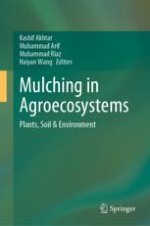2022 | OriginalPaper | Chapter
Living Mulches for Sustainable Pest Management
Authors : Hina Gul, Arzlan Abbas, Farman Ullah, Nicolas Desneux, Kaleem Tariq, Asad Ali, Xiaoxia Liu
Published in: Mulching in Agroecosystems
Publisher: Springer Nature Singapore
Activate our intelligent search to find suitable subject content or patents.
Select sections of text to find matching patents with Artificial Intelligence. powered by
Select sections of text to find additional relevant content using AI-assisted search. powered by
